Back To the Basics: How to Read & Understand a Balance Sheet
A balance sheet is a financial statement that shows a company's financial position at a specific point in time. It provides information on the company's assets, liabilities, and equity.
Here are the steps to read and understand a balance sheet:
Start with the heading: The balance sheet will typically have a heading that includes the name of the company and the date of the balance sheet. Make sure you are looking at the correct company and date.
Review the assets: Assets are resources that a company owns that have value. These can include cash, investments, inventory, and property. Assets are typically listed in order of liquidity, with the most liquid assets listed first.
Examine the liabilities: Liabilities are obligations that the company owes to others. These can include loans, accounts payable, and taxes. Liabilities are usually listed in order of maturity, with the shortest-term liabilities listed first.
Calculate equity: Equity represents the company's residual interest in its assets after liabilities are paid. It includes items such as retained earnings and common stock.
Check the balance: The balance sheet should be in balance, meaning that the total of the assets should equal the total of the liabilities and equity. If the balance sheet is not in balance, it may indicate an error or problem with the financial statements.
By understanding a balance sheet, you can get a better sense of a company's financial health and its ability to meet its obligations.
Want to get ahead of your finances and boost your bottom line?

